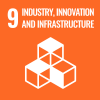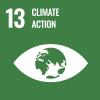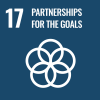
Special issue in collaboration with the United Nations High-level Advisory Board on Economic and Social Affairs
Abstract
The United Nations Sustainable Development Goals are dangerously off track. The prevailing “gap-filling” approach to SDG financing has proven inadequate, failing to deliver the scale, impact or equity required. Global efforts remain fixated on mobilizing additional financing rather than embedding the SDGs at the core of economic and financial systems. Blended finance, often heralded as a silver bullet, has fallen short: public resources dominate blended deals, often de-risking private initiative in lower-risk, lower-impact projects. To redirect this trajectory, the international financing architecture must be reshaped around the SDGs. First, the SDGs must be placed at the centre of economic planning, supported by robust public investment pipelines. These pipelines enable the public sector to guide and strategically mobilize private investment toward high-impact, mission-driven projects. Second, SDG-anchored conditionalities should be embedded across public-private ventures to ensure concessional public finance actively steers investments, rather than merely subsidizing private returns. Third, mechanisms to socialize risks and rewards must be introduced, reinvesting returns to scale transformative SDG financing. Finally, while mobilizing additional financing remains critical, an equally pressing challenge lies in effectively utilizing significant public funds already available in budgets and development bank balance sheets.

 Welcome to the United Nations
Welcome to the United Nations


